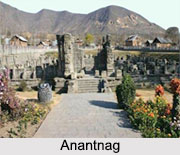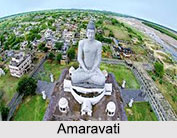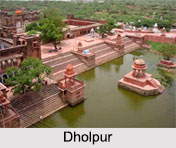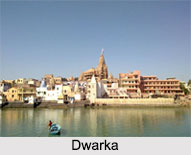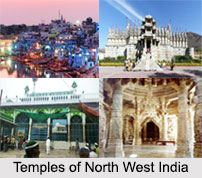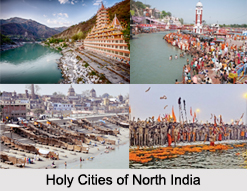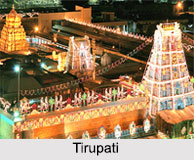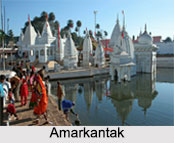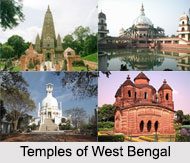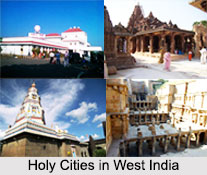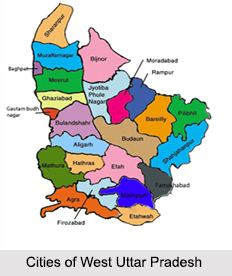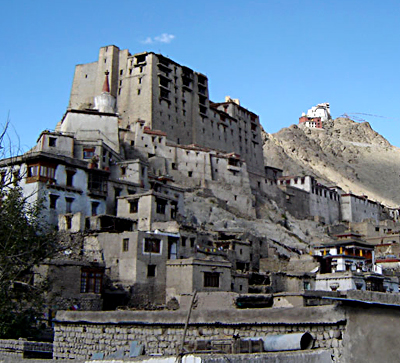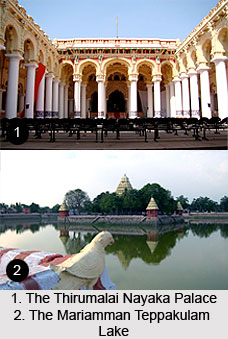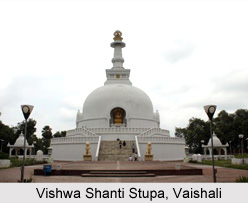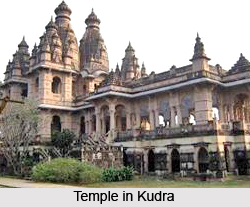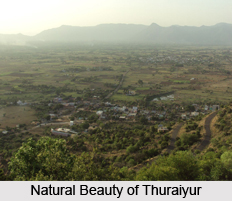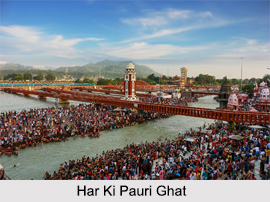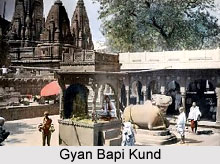 The Gyan Bapi Kund is a famous well located between a mosque and the temple of Vireshwar in Varanasi. It is known as the "well of knowledge." It is believed by the people that Lord Shiva resided here.
The Gyan Bapi Kund is a famous well located between a mosque and the temple of Vireshwar in Varanasi. It is known as the "well of knowledge." It is believed by the people that Lord Shiva resided here.
Legend of Gyan Bapi Kund
The Gyan Bapi Kund is associated with many ancient legends. According to a legend once there was no rain in the city for a span of almost twelve years. This resulted in drought. The natives were thus very distressed due to the problems they faced. A sage then came forward to help them from of the crisis period and provide them with water. He took the grasping the trident of Lord Shiva and dug up the earth at a particular spot. Water immediately stated to flow from there. The people were thus relieved Lord Shiva also became acquainted with the circumstance. On being requested he promised to take up his abode in the well, and to reside there for ever. As per another legend it is also stated that once due to the destruction of the old temple of Vireshwar, a priest took the idol of Shiva of the temple and threw it down into the well for safety. From them the Lord is thought to reside in the well.
Monuments around Gyan Bapi Kund
Devotees from different places visit the Gyan Bapi Kund to worship it. They cast in the holy waters, flowers and other offerings, as a sacrifice to the deity below. The well is surrounded by a beautiful low roofed colonnade. It has been erected in the year 1828, by Sri Maut Baija Bai, the widow of Sri Maut Dowlat Rao Scindia Bahadoor of Gwalior. It is adorned with attractive stone pillars that have been designed in four rows and forty in number. Although the building is small in size it has been designed in an artistic way with intricate designs.
To the east of this colonnade a seven feet high figure of a large bull has been made. It has been cut out of stone and is dedicated to Lord Shiva. Another temple has been built in the east direction in honour of Lord Shiva. The bull has been gifted by the Raja of Nepal. The temple was erected by the Rani of Hyderabad. On the southern side of the colonnade is an iron palisade. In its enclosure there are two small shrines. One of them is made of white marble and the other one of stone. People visiting the Gyan Bapi kund also pay a visit to these surrounding temples.
It is believed that a devotee who takes bath in the holy waters of Gyan Bapi kund and performs rituals for his forefathers will be able to make them happy and free them from all sins.
